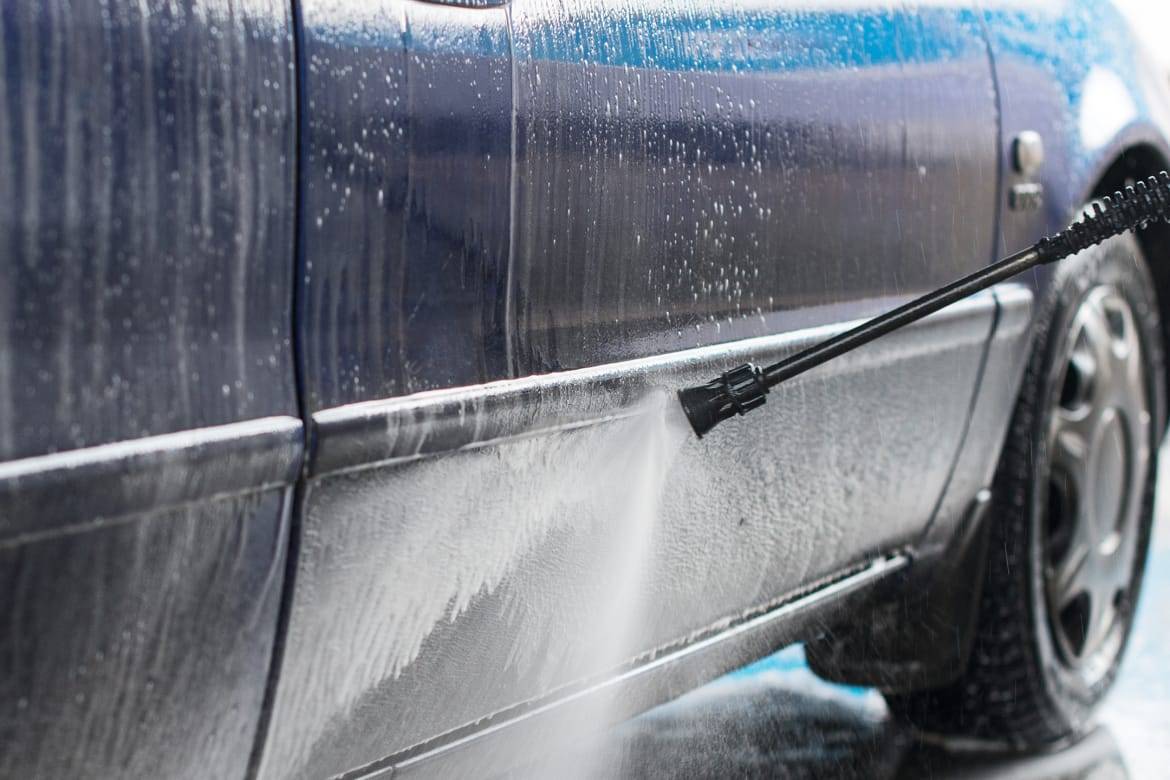Why Do I Need to Check the Drain Holes in My Doors?


Why do you need to check the drain holes in your car doors? Because water can get past window seals and inside the doors when it rains or when you wash your car, and the water is supposed to exit through drain holes at the bottom. However, those holes in the bottom of the doors can get clogged by dirt or gravel and road debris — and when that happens, water accumulates inside the door and causes rust. You can see signs of that on cars that have rust forming at the bottoms of the doors or rusty trails running across a rocker panel (the body panel below the doors).
Related: How to Keep Your Car Clean and Your Conscience Clear
Most vehicles also have drain holes in the rocker panels and rear quarter panels (the body section behind the doors of your car or truck) and other places that can clog, trap water and cause corrosion. Ironically, one of the risks of aftermarket rustproofing treatments — such as the type dealers charge extra for — is that they can clog drainage holes if applied improperly. (Factory rustproofing is generally all your car needs.)
High-pressure car washes (or a carefully aimed hose in your driveway) can clean debris from some drain holes, but cars that seldom see the inside of a car wash or spend most of their lives in dirty environments can be prone to clogged drain holes and accumulated moisture. In addition, some vehicles fall victim to rust because they have too few drain holes or small ones that are easily clogged and require frequent draining either with water or some other cleaner.
Checking these drain holes is not typically included in a professional hand car wash or car detailing, but it is something an owner can ask to have looked at.
One solution is to get down on the ground on your hands and knees and take the time to make sure each drain is clear of any material that may have built up. You can poke into the holes with a coat hanger, screwdriver or similar object to clean out any grime and debris, but take care not to scratch the paint around the drain, which protects metal parts from rust. You probably don’t have to make the effort after every wash, but perhaps each time you wax — which we recommend as often as quarterly.
Failing that, pick a time at least once a year that makes sense for your climate and usage — such as after autumn drops leaves and needles on your car, or during the rainy season when water is flowing through your car’s unseen drainage channels carrying dirt and debris.
Cars.com’s Editorial department is your source for automotive news and reviews. In line with Cars.com’s long-standing ethics policy, editors and reviewers don’t accept gifts or free trips from automakers. The Editorial department is independent of Cars.com’s advertising, sales and sponsored content departments.

Contributor Rick Popely has covered the auto industry for decades and hosts a weekly online radio show on TalkZone.com.
Featured stories




